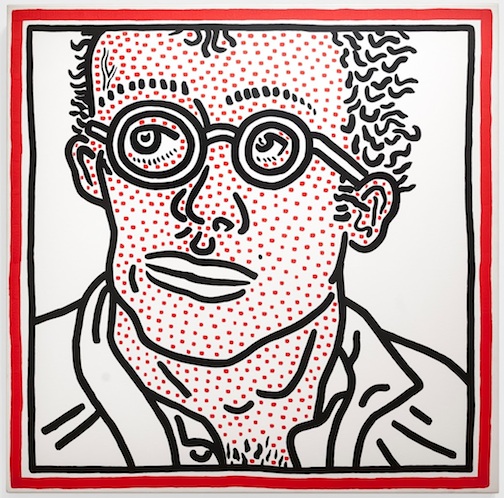Some scientists believe gay men and lesbians share a number of biological characteristics, including the length of fingers, density of fingerprint ridges, direction of hair whorl and other traits.
This article appears in the June 25, 2007 issue of New York Magazine.
If sexual orientation is biological, are the traits that make people seem gay innate, too? The new research on everything from voice pitch to hair whorl.
As a presence in the world-a body hanging from a subway strap or pressed into an elevator, a figure crossing the street-I am neither markedly masculine nor notably effeminate. Nor am I typically perceived as androgynous, not in my uniform of Diesels and boots, not even when I was younger and favored dangling earrings and bright Jack Purcells. But most people immediately read me (correctly) as gay. It takes only a glance to make my truth obvious. I know this from strangers who find gay people offensive enough to elicit a remark-catcalls from cab windows, to use a recent example-as well as from countless casual social engagements in which people easily assume my orientation, no sensitive gaydar necessary. I’m not so much out-of-the-closet as “self-evident,” to use Quentin Crisp’s phrase, although being of a younger generation, I can’t subscribe to his belief that it is a kind of disfigurement requiring lavender hair rinse.






